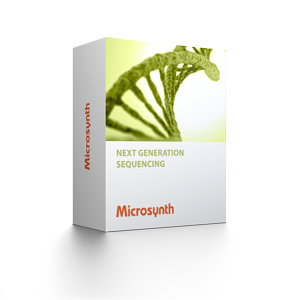
Back to top
SARS-CoV-2 Sequencing

How viruses are related, and how they have evolved and spread over time, can be investigated using molecular phylogenetics. Microsynth has developed an NGS-based analysis that can be used to gain critical phylogenetic insights and epidemiological information related to the Covid-19 epidemic.
Service Description
Service Description
Our service includes following steps:
- cDNA synthesis on isolated RNA (e.g. from patient samples)
- PCR amplification of the Sars-CoV-2 genome
- PCR purification and pooling of the PCRs
- TruSeq amplicon library preparation
- Illumina MiSeq (2 x 250 bp) amplicon sequencing
- Bioinformatics
Important Remarks:
Microsynth applies a protocol for sequencing nearly the complete Sars-cov-2 genome of 30 kb
(https://www.protocols.io/view/ncov-2019-sequencing-protocol-bbmuik6w). The protocol is widely
used and is based on the amplification of short overlapping PCR products (approx. 400 bp). It works best for patient samples with showing Ct values <30 (ideally <25).
Application
Viral genomes show relatively high rates of mutation and this is also true for SARS-CoV-2 with its 30 kb sRNA genome. Based on the mutation rate observed in SARS-CoV-2 researcher assume that every 2-3 weeks a new mutation occurs in a transfection chain [1]. These random mutations help to model the spread of the coronavirus on a global scale [2] and can also be used to identify and track local infection chains.
[1] Stadler, T and Neher, R (2020) Diskussion des Potentials von SARS-CoV-2 Genom-Analysen. Policy Brief National COVID-19 Science Task Force, Switzerland.
[2] https://nextstrain.org/ncov

